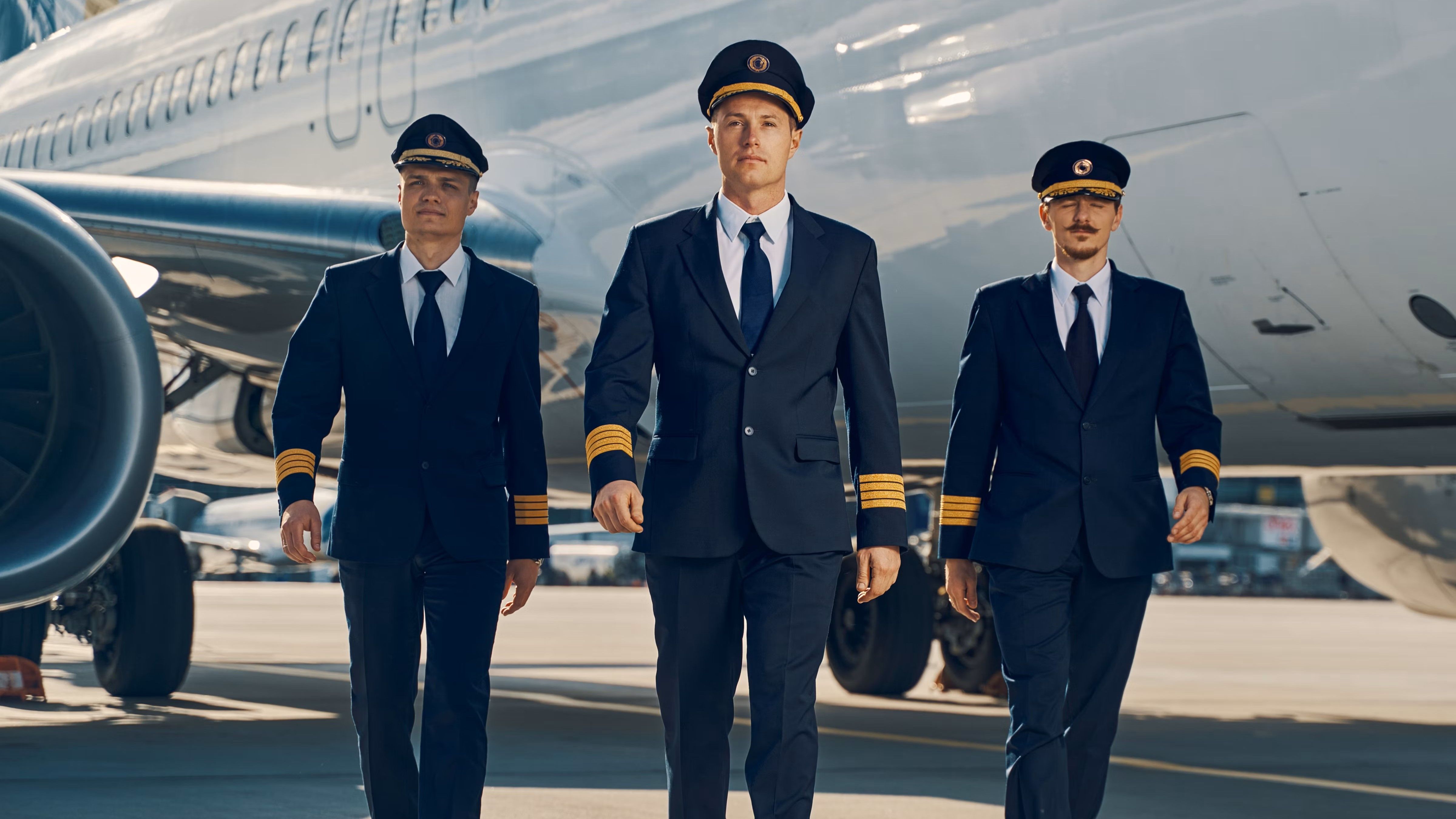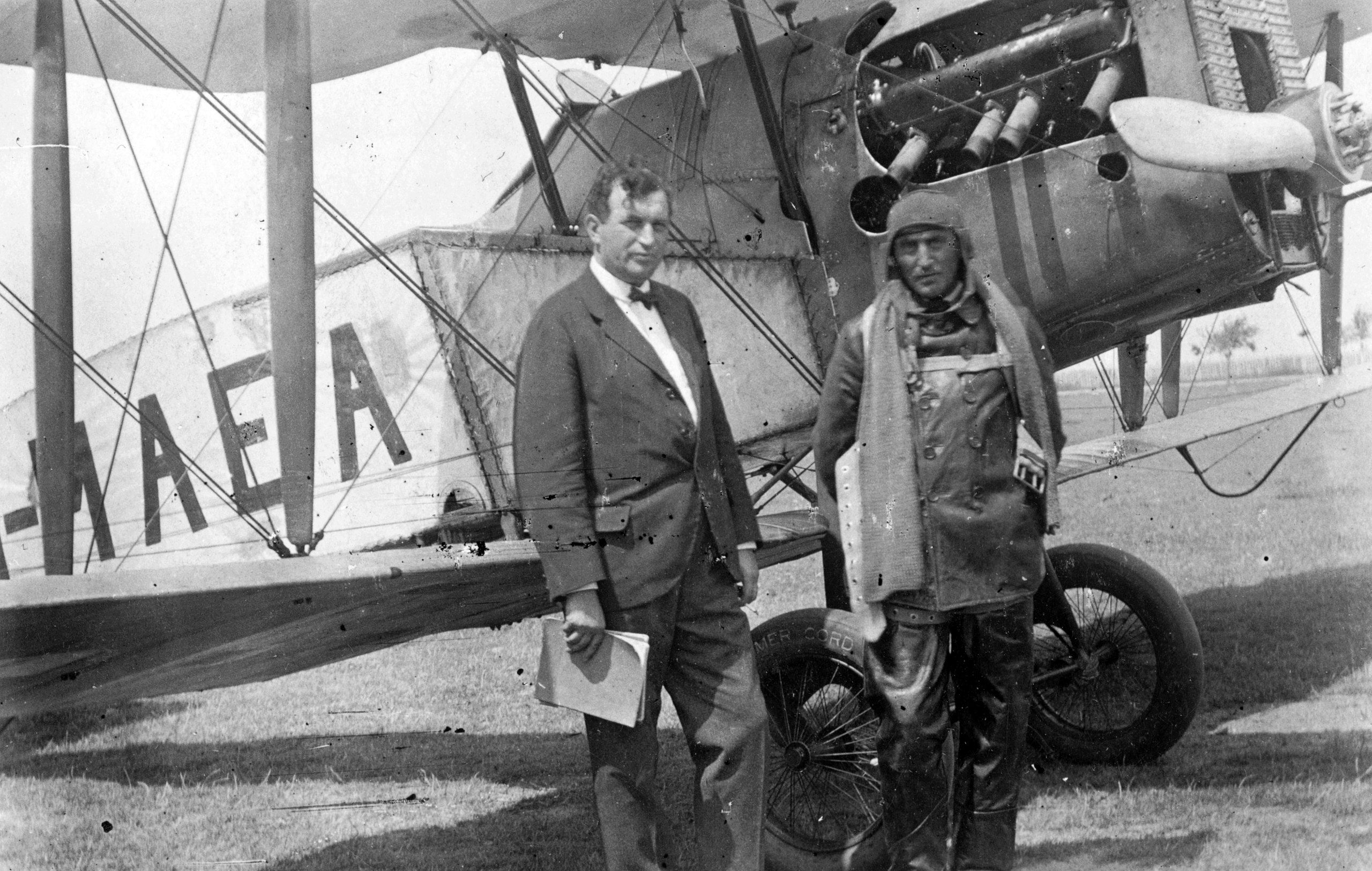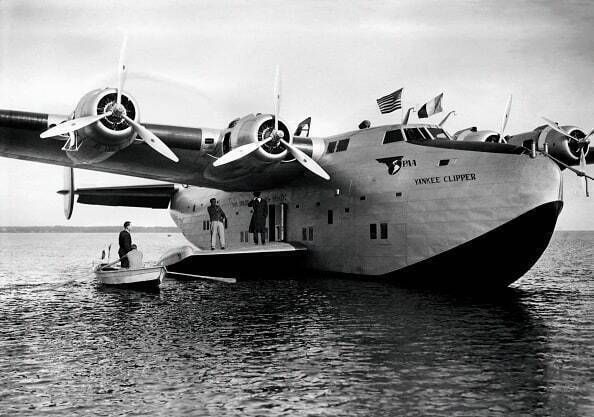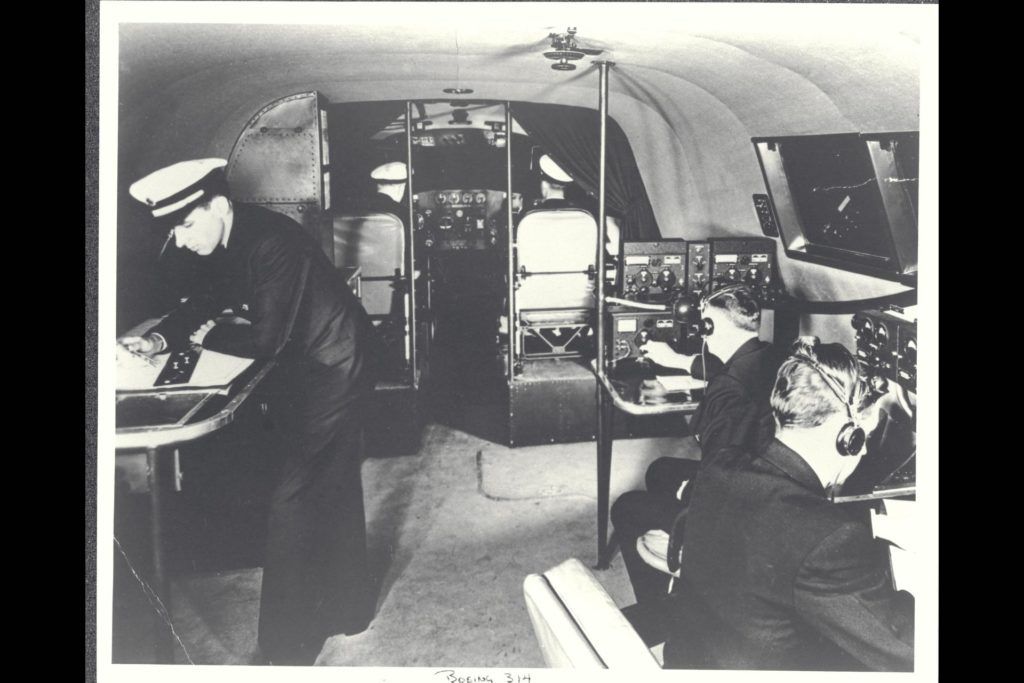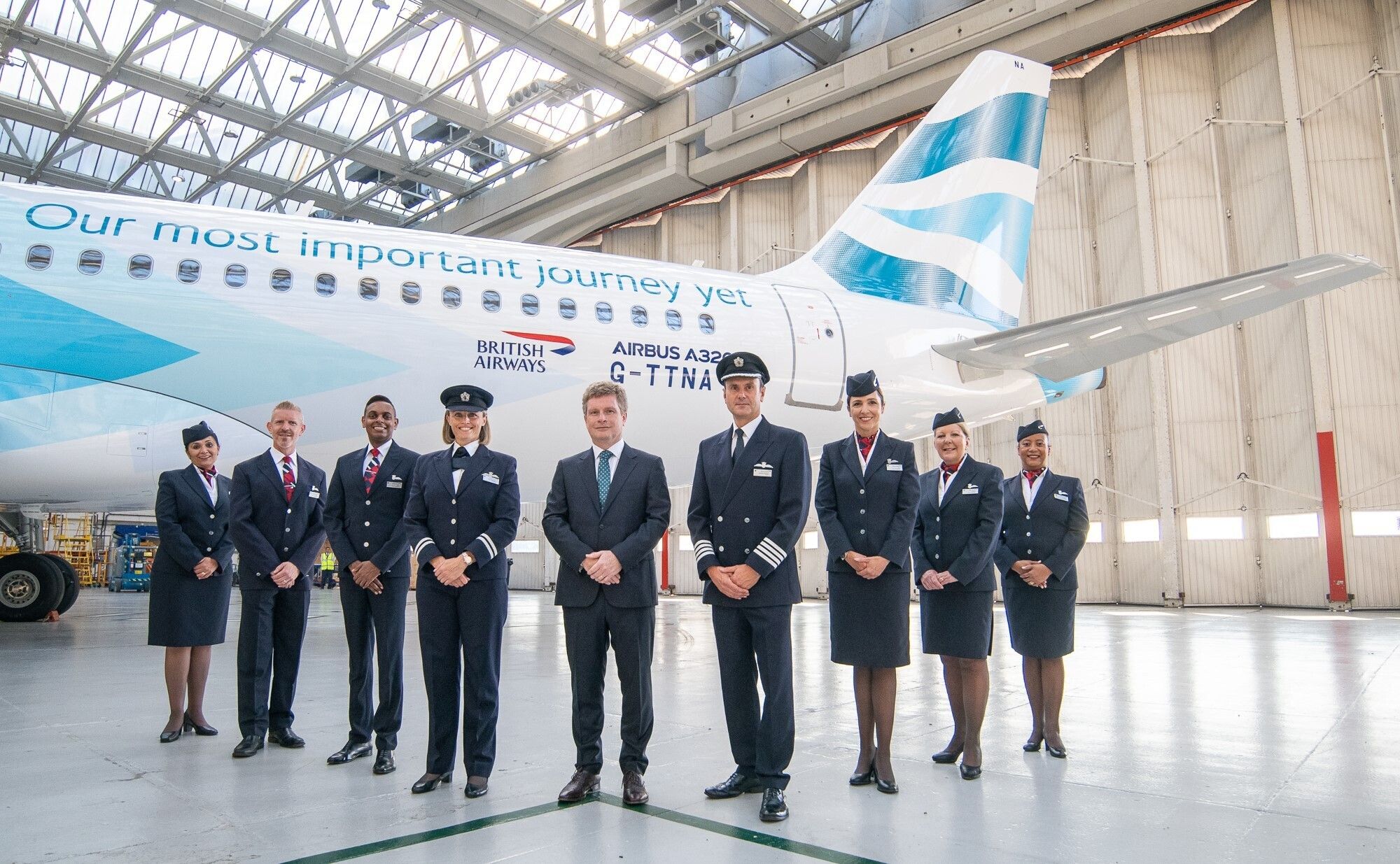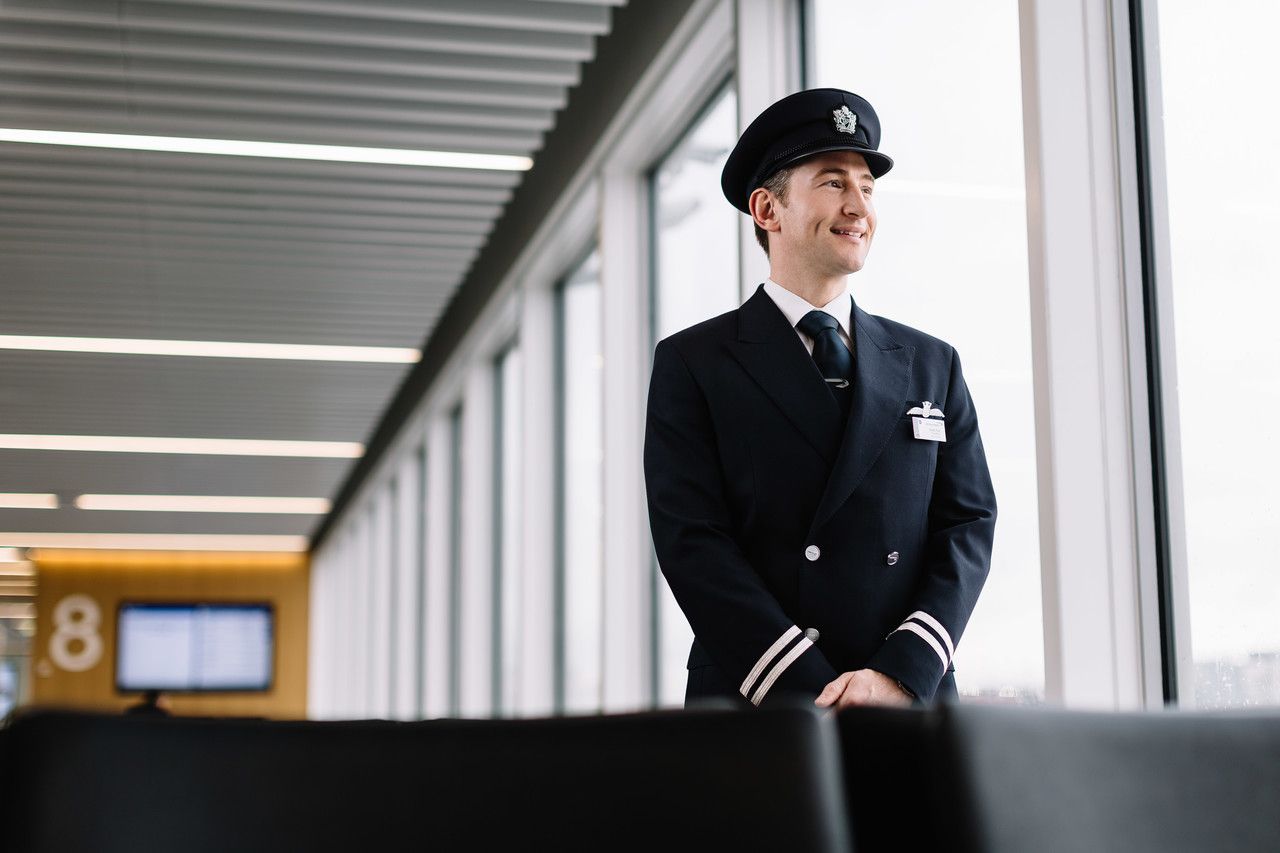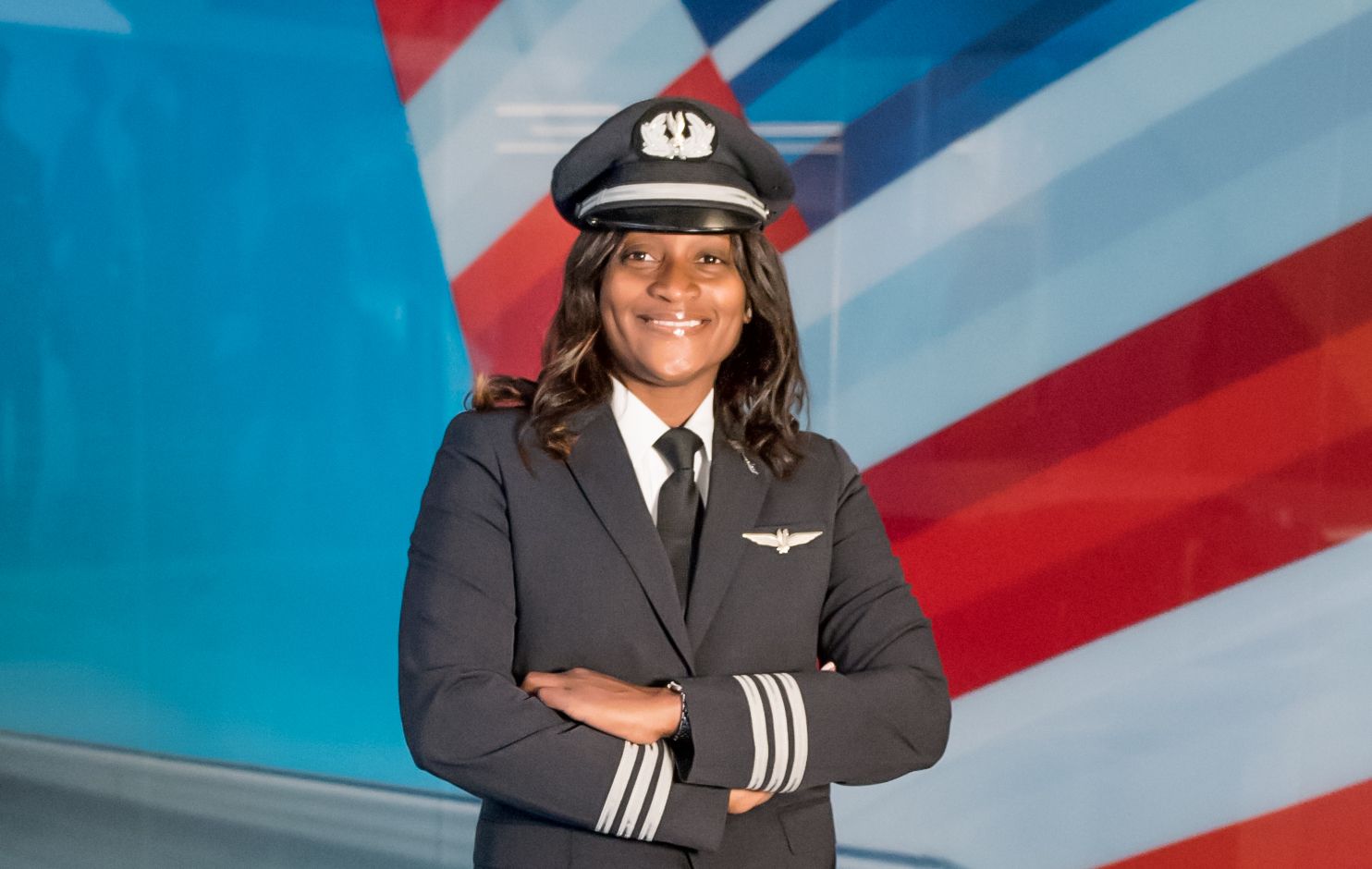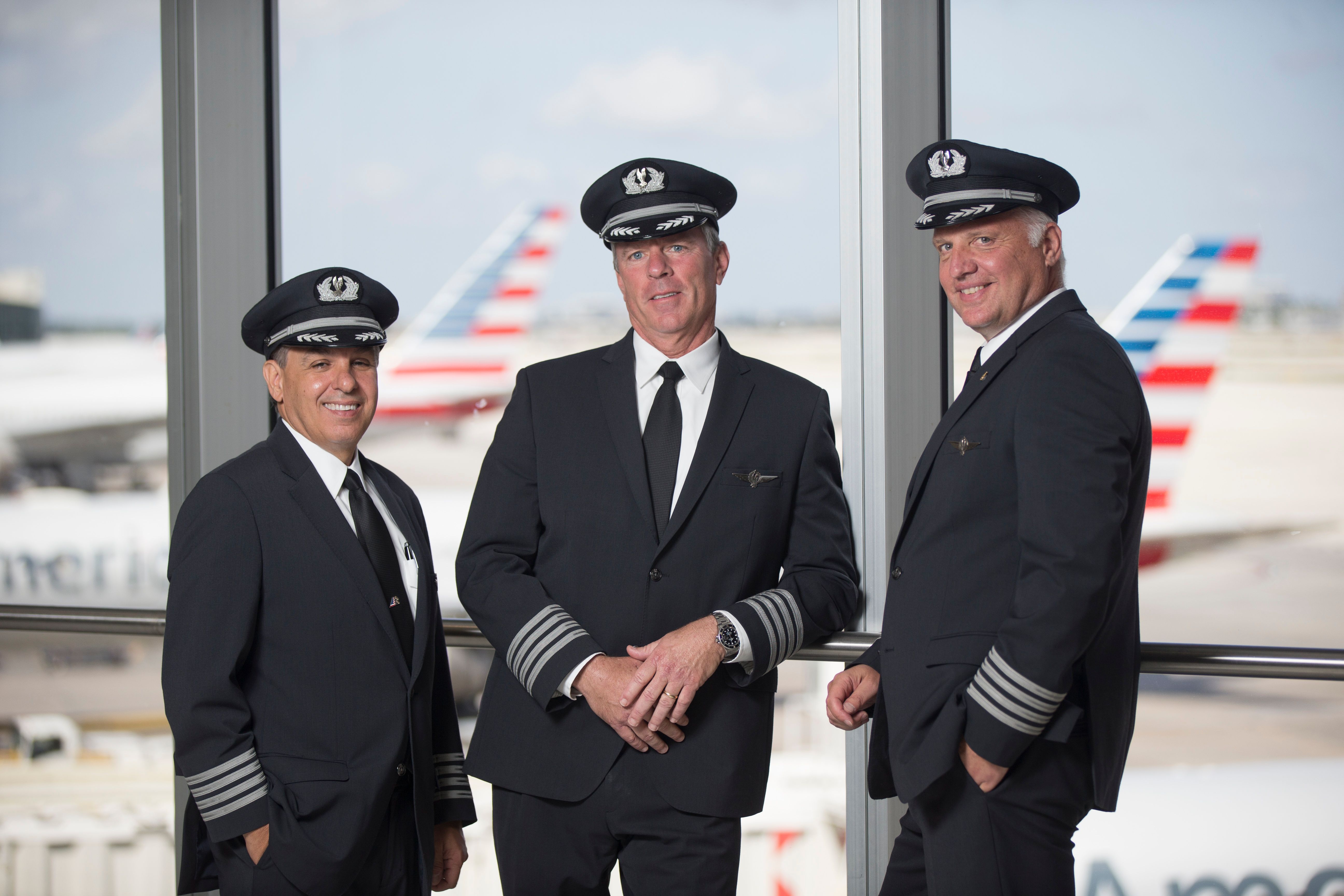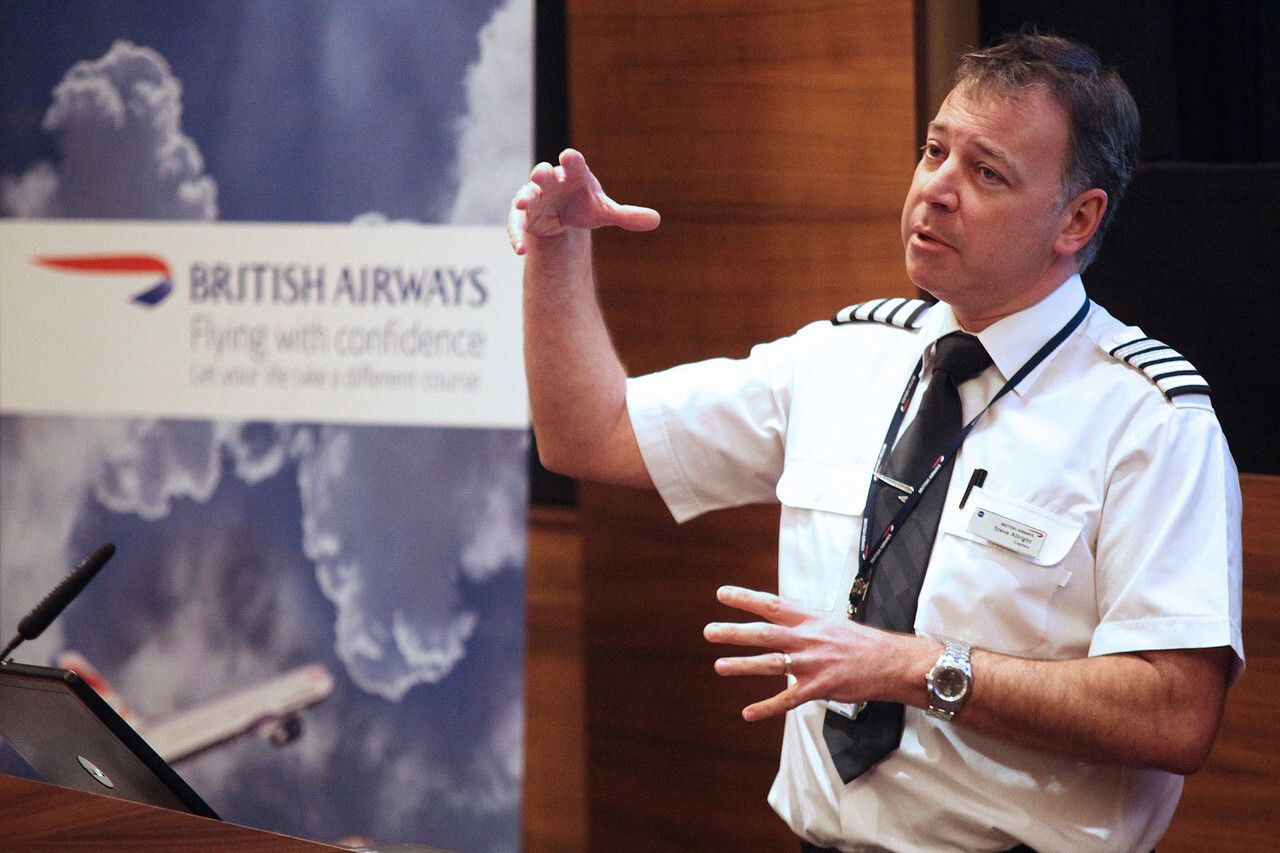Summary
- Pilot uniforms have stripes representing their experience and rank, with more bars signifying a higher rank.
- Pan Am introduced naval-style uniforms for its crew in the late 1930s, which set the trend for other airlines.
- Uniforms for pilots have changed very little since then and follow similar standards across airlines.
Have you ever looked at a pilot's uniform and wondered what the stripes on the sleeves mean? Also found on the epaulets of pilots' shirts, the bars signify a pilot's experience and rank. Today, we will look at what the stripes represent and how you can spot a trainee pilot from a seasoned veteran. Before we do that, however, we need to take a deeper look at the history of uniforms worn by different pilots.
No official uniforms in the earliest days
Prior to the 1930s, piloting an aircraft barely resembled what the job entails today. The task was daring and adventurous, requiring pilots to be exposed to the elements for hours at a time.
With open-air cockpits, pilots wore attire that allowed them to remain warm in frigid conditions. Traditional aviators are associated with sheepskin leather, bomber jackets, boots, gloves, scarves, helmets, and goggles.
Pan Am introduced uniforms on its Clippers
When Pan American World Airways (Pan Am) introduced its Clipper Flying Boat Service in the late 1930s, the company decided that the plane's crew should be dressed in naval attire. This was an apt choice, as the Boeing flying boats competed with transatlantic liners like the Normandie and the Queen Mary.
Furthermore, flying crews were far larger at the time than they remain today. For aircraft with over 20 personnel, uniforms served to delineate multiple different ranks from each other.
Pan Am's original pilot's uniforms were navy blue double-breasted jackets with ranks on the sleeve cuffs and hats. Other airlines soon followed Pan Am's lead and replicated the uniforms, hoping it would help them achieve Pan Am's success.
Since the 1930s, uniforms have changed very little
While today, airlines have uniforms that set them apart from others, very little has changed since the Pan Am original (except during the pandemic when masks became a requirement). Since the 17th century, military uniforms have incorporated badges or stripes to signify a person's rank and standing.
Pilots' uniforms do the same. The more bars a pilot has, the more experienced they are. The uniform stands as a symbol of authority, demonstrating a pilot's experience and, in the event of an emergency, who should make the final decision.
So, which rank carries what number of bars? Airlines usually follow the same standard as outlined here for uniforms. In fact, pilots have minimal choice when it comes to personalizing their uniforms and often have to follow strict grooming policies as well.
These bars are found on the pilot's jacket cuffs and the epaulets of their shirts. Most pilots will wear a cap, too. This usually depicts the airline but not the pilot's rank, and the evolution of pilot headwear over the years is also fascinating to explore. But now, let's take a look at each rank's insignia:
Cadet/Trainee Pilot
While undergoing training, pilots have one stripe on their uniforms and epaulets. One is unlikely to see trainees in the cockpit on a commercial flight.
Second Officer/ Flight Engineer
A Second Officer or Flight Engineer has two stripes on their sleeves and epaulets. Second Officers are rarely found on modern aircraft outside of rare long-haul jets such as the A380 or Boeing 747.
First Officer
Three stripes on a pilot's uniform signal that he or she is a First Officer/co-pilot or the second in command. While it depends on the airline, most pilots are given three stripes as soon as they become First Officers.
Some airlines provide their co-pilots two stripes and only three when they obtain the rank of Senior First Officer. On most commercial flights, you can always expect to find a First Officer in the cockpit.
Senior First Officer
Having the rank of Senior First Officer signals that a pilot has over 1,500 flying hours. Some airlines have additional requirements, such as being "command ready."
Get all the latest aviation news right here on Simple Flying.
This means they are ready to be promoted to Captain but are waiting for a position to become available. Senior First Officers have three stripes displayed on their uniforms.
Captain
An airline Captain always has four stripes on his or her sleeves and epaulets. This signals they are in charge of the flight and responsible for the passengers and crew.
Training Captain
A Training Captain has all the responsibilities of a regular Captain but also trains other pilots. A Captain or First Officer who is new to an aircraft type will fly under the instruction of a training pilot until they are deemed competent enough to fly the aircraft without assistance.
According to UK news outlet The Standard, training captains play a unique role in pilot recruitment and professional development across an airline's entire staffing network. While generally considered a higher rank with better compensation, Training Captains, just like normal ones, only have four stripes on their uniforms. Some airlines have other unique ranks to designate the most senior officers, but this is rarely reflected in uniform design.
Would you like to share more details about pilot (or cabin crew) uniforms, their history, or their current airline use? Let us know in the comments section.

